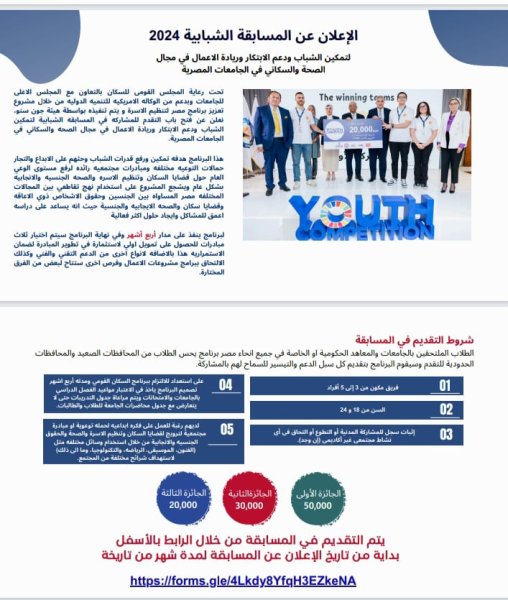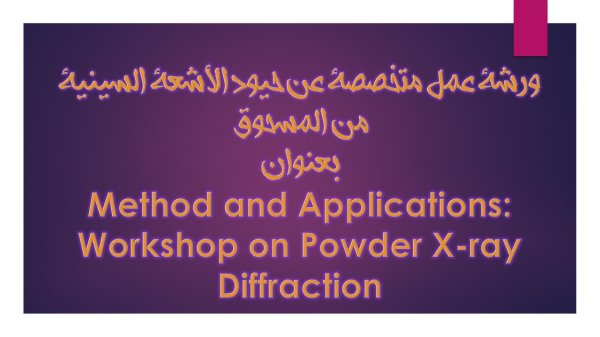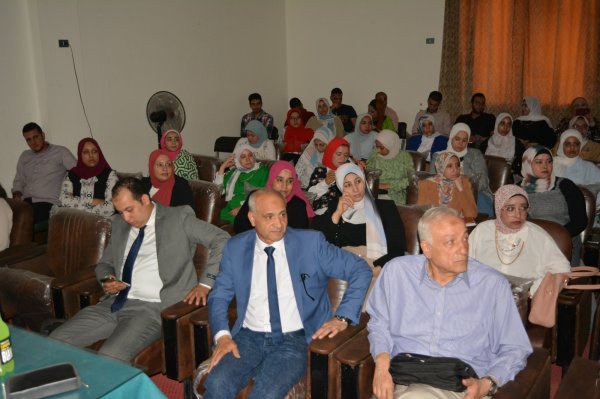Enhancing strawberry quality and resistance to Botrytis cinerea using calcareous seaweed-derived Ca2+/carrageenan extracts
The dilute HCl pretreatment of the calcareous red alga, Liagora viscida, either at room temperature or 100 °C, produced Ca2+/carrageenan-containing extracts. Dipping strawberries in these extracts for 10 s demonstrated their ability to maintain various quality and nutritional traits during cold storage. The weight loss of the fruits after 7 days at 4 °C was reduced to 2.48–2.63 % in the treatments, compared to 3.26 % in the control. The treatments were effective in retaining the contents of vitamin C, titratable acidity, and phenolics, compared to marked reductions in the control. Additionally, the levels of anthocyanins, flavonoids, and the total antioxidant capacity were enhanced during cold storage. The treated fruits also showed higher chitinase activities, while the activities of cellulase, polygalacturonase, and pectin methylesterase (PME) showed remarkable reductions. The application of the extract derived at 100 °C reduced the decay caused by Botrytis cinerea decay to 34 % and 63.26 % after 3 and 4 days of infection, respectively, compared to 55.09–97 % in the untreated control. This reduction was concomitant with higher anthocyanins, flavonoids, and chitinase, and lower cellulase and PME in this treatment. The levels of malondialdehyde indicated less stressed fruits during both cold storage and fungal infection. Overall, the treatments promoted systemic resistance in the fruits, enhancing their ability to defend against pathogens. These results suggest the promising utilization of calcareous macroalgae as a sustainable biomass for developing a cost-effective and eco-friendly preservative to extend the shelf-life of strawberries during cold storage and enhance their resistance to pathogens.








